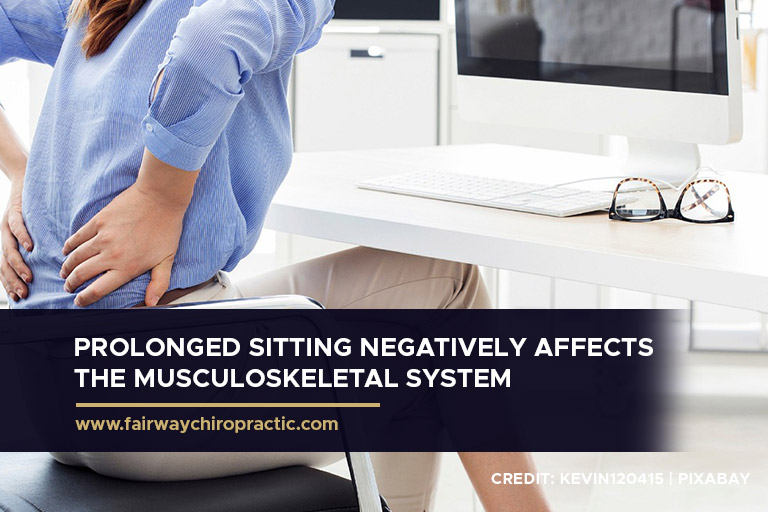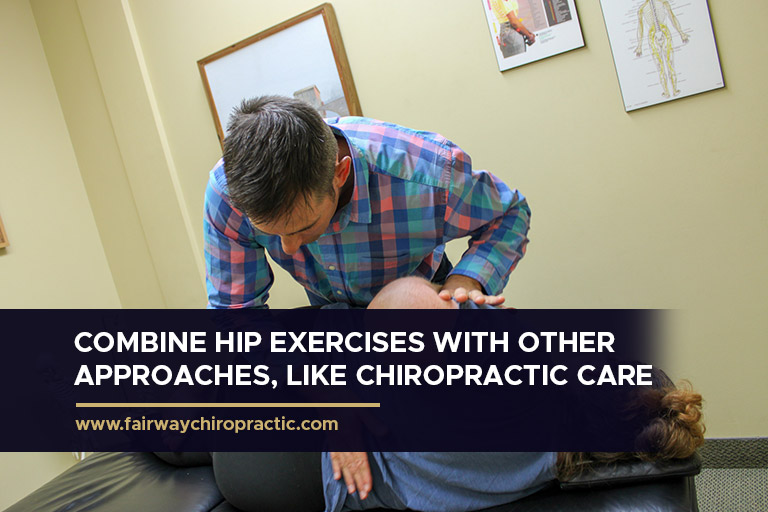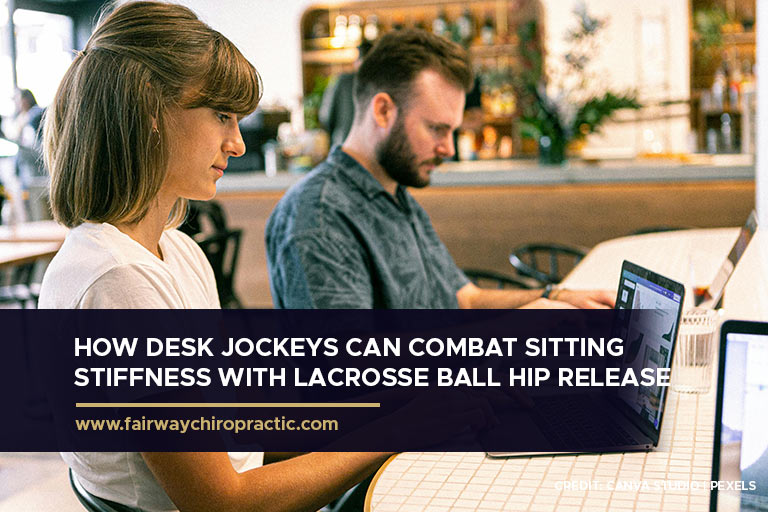Statistics Canada states that “On average, 45% of Canadian adults meet the recommended 150 minutes per week of moderate-to-vigorous physical activity.” This means that more than half of the adult population are leading a sedentary lifestyle.
With this lifestyle becoming increasingly common, desk jockeys face the challenge of managing sitting stiffness, particularly around the hip area. This discomfort not only affects physical well-being but can also impact productivity and overall health. One effective solution is the lacrosse ball hip release technique. By incorporating this into a daily routine, individuals can enjoy the benefits of enhanced flexibility and reduced discomfort, paving the way for a healthier, more active lifestyle.
The Impact of Prolonged Sitting

Prolonged sitting, a common scenario in modern workplaces and lifestyles, has various adverse effects on the body, particularly on the musculoskeletal system. Here’s a detailed look into its impact:
-
Tightened Hip Flexors
Hours of sitting can lead to shortened and tightened hip flexors due to the hip being in a constant state of flexion. This tightness is a significant contributor to discomfort and stiffness in the hip area.
-
Weakened Glute Muscles
Extended sitting periods can weaken the gluteal muscles. When these muscles are underused, it affects posture, stability, and the ability to perform certain movements effectively.
-
Reduced Circulation
Not only of blood, but also reduced circulation of the lubrication within the joints of your spine and limbs. Motion is Lotion, and if you don’t move, you’ll seize up over time.
-
Increased Pressure on the Spine
The seated position places considerable pressure on the spine, particularly the lower back. Over time, this can contribute to spinal issues, including disc compression and chronic back pain.
-
Decreased Flexibility
Regularly remaining in a seated posture can lead to a decrease in overall flexibility. The muscles and joints become less able to extend fully, limiting the range of motion and increasing the risk of injuries.
The Role of Hip Flexibility
Hip flexibility is not just about avoiding discomfort; it plays a vital role in overall physical health and functional mobility. Here are the benefits of maintaining flexible hips:
-
Improved Posture
Flexible hips help maintain proper alignment of the pelvis, which is crucial for good posture. Good posture reduces the strain on the spine and can prevent common issues like back pain.
-
Enhanced Movement Efficiency
Hip flexibility contributes to a greater range of motion, allowing for more efficient and fluid movements. This is beneficial not only for daily activities but also for athletic performance.
-
Lower Risk of Injury
Flexibility in the hips can reduce the risk of injuries by allowing the body to move freely and absorb impacts more effectively. Tight hips can lead to compensatory movements that put undue stress on other body parts, leading to injuries.
-
Reduced Back Pain
Tight hips often lead to an anterior tilt of the pelvis, which can increase the curvature of the lower back and lead to pain. Flexible hips help maintain a neutral pelvic position, alleviating stress on the lower back.
-
Improved Circulation
Maintaining hip flexibility can aid in promoting better circulation throughout the lower body. This is crucial for nutrient delivery, waste removal, and overall vascular health.
-
Better Balance and Stability
Flexible hips contribute to a more stable base, enhancing balance and stability. This is particularly important as one ages, reducing the risk of falls and related injuries.
The Lacrosse Ball Hip Release Technique
-
What You Need
- A lacrosse ball or a similarly sized, firm ball
- A few minutes of your time
- A small space on the floor or against a wall
-
Finding the Right Spot
-
Identify the Tense Areas
-
Begin by palpating your hip area to find spots that feel tight or tender. Common areas include the glutes, the outer hip, and just below the hip bone.
-
Positioning the Ball
Once you’ve identified a tense spot, position the lacrosse ball directly under this area. For glute work, the ball should be placed under one side while you lean slightly onto that cheek.
-
Step-by-Step Guide
Expanding on the lacrosse ball hip release technique, this guide provides a detailed approach to effectively utilizing this method to combat sitting stiffness:
-
Floor Method
-
Lie Down
-
Lie on your back or side (depending on the area you’re targeting) on a firm surface, placing the lacrosse ball under the identified spot.
-
Adjust Your Weight
Carefully adjust your body weight to increase or decrease pressure on the ball. Start with light pressure and gradually increase as you become more comfortable.
-
Find Your Leverage
Use your arms and the opposite leg to control your movement and adjust the pressure further. Your hands and feet can help you gently move to find the right angle and intensity.
-
Wall Method
-
Position Against the Wall
-
Stand and lean against a wall, placing the ball between your hip (or glute) and the wall.
-
Control the Pressure
Use your body weight to adjust how much pressure the ball exerts on your muscles. You can increase or decrease the force by standing further or closer to the wall (leaning more or less against the ball)
-
Move Slowly
Gently shift your body side to side or up and down to roll the ball across the tense areas. Focus on smooth movements to massage the muscles effectively.
-
Movement
-
Roll Gently
-
Once positioned, gently move your body or the part of your leg being targeted to roll the ball around the tense area.
-
Focus on Sensitive Spots
When you encounter a spot that feels particularly sore or tight, pause for a moment. Apply gentle pressure by remaining still or making very small movements with the ball in place.
-
Duration
-
Time per Spot
-
Aim to spend about 30 seconds on each Trigger Point. The duration can be adjusted based on your comfort level and the severity of the stiffness.
-
Total Time
The entire session can last anywhere from 1-5 minutes, depending on how many areas you need to address and how much time you spend on each.
-
Frequency
-
1-2x/day Maximum
-
You don’t want to bruise the area – which will happen if you do this too often and too aggressively. So, time to rest between sessions is a vital part of the healing process.
Tips for Success
Making the most out of the lacrosse ball hip release technique involves some key practices and considerations for enhanced effectiveness and safety:
-
Consistency is Key
For best results, integrate this practice into your daily routine. Regularity helps prevent stiffness from becoming a recurring issue.
-
Listen to Your Body
It’s normal to feel some discomfort while targeting tight muscles, but it should never reach a point of unbearable pain. If something feels too intense, reduce the pressure or stop the exercise.
-
Combine with Stretching
In addition to the lacrosse ball technique, incorporate stretching exercises for the hips and lower back to further enhance flexibility and relief.
-
Use Controlled Movements
Avoid rapid or jerky movements. Slow, controlled motion ensures that the muscle fibres are effectively worked and reduces the risk of injury.
-
Breathe Deeply
Focus on deep, steady breathing throughout the session. This helps to relax the muscles, allowing for a deeper and more effective release.
-
Adjust Frequency Based on Response
Depending on how your body responds, you may find that daily use is beneficial, or you might prefer to use the technique several times a week.
Complementary Strategies

-
Chiropractic Care
Regular chiropractic adjustments can help realign the spine, relieve pressure on nerves, and enhance the body’s natural healing processes. This care, combined with targeted techniques like the lacrosse ball hip release, offers a holistic approach to managing and preventing stiffness and discomfort. Increasing the electrical signal to your muscles speeds up healing of those muscles and decreases the risk of the problem recurring (along with improved postural habits).
-
Fitness Activities and Exercises
Incorporating fitness activities and exercises that focus on strengthening and stretching the hip muscles can further enhance flexibility and reduce the risk of stiffness. Exercises such as lunges, squats, and hip stretches are particularly beneficial.
-
Ergonomic Adjustments
Consider using a standing desk, ensuring your chair supports your posture, and taking regular breaks to stretch and walk around. These changes can help minimize the negative impacts of prolonged sitting. UNC Health recommends some simple dos and don’ts for ergonomics when working in an office environment.
-
Mindfulness and Movement
Simple habits, like setting reminders to stand up and stretch every hour, can make a substantial difference.
-
Nutrition and Hydration
A healthy diet and adequate hydration are essential for maintaining muscle flexibility and preventing stiffness. Foods rich in anti-inflammatory properties and plenty of water can support muscle health and overall well-being.
Desk jockeys battling sitting stiffness have a powerful tool at their disposal with the lacrosse ball hip release technique. When combined with chiropractic care, appropriate fitness activities, ergonomic adjustments, and lifestyle modifications, individuals can effectively manage and prevent discomfort. Implementing these strategies not only enhances physical health but also boosts productivity and overall quality of life.
For personalized care and support in combating sitting stiffness, consider reaching out to Fairway Chiropractic Centre. Our team is dedicated to providing effective solutions tailored to your unique needs. Reach out to us to learn more about how we can help you achieve greater comfort and flexibility.
Contact us at 519-748-5535.











